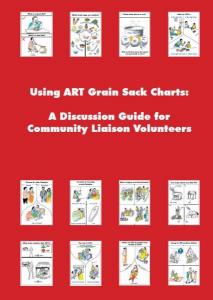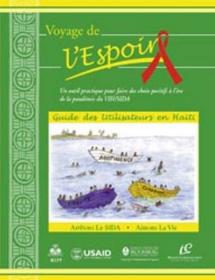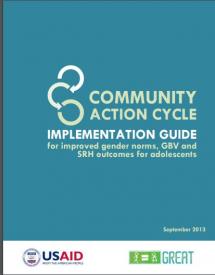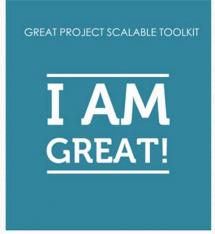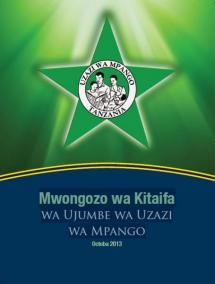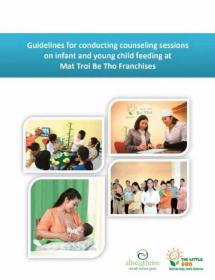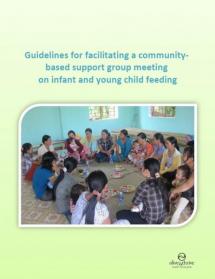Branding Guidelines for Bhanchhin Aama Integrated Communication Campaign
Suaahara was a five year (2011-2016) project funded by USAID aimed to improve the nutritional status of women and children in 41 districts of Nepal. The project focused on improving health and nutrition behaviors at the household level through promotion of Essential Nutrition and Hygiene Actions (EN/HA), particularly Maternal, Infant and Young Child Nutrition (MIYCN), and addressing other determinants of under-nutrition, such as availability of and access to food, hygiene, quality of health care, child spacing and socio-cultural factors including gender and marginalization.
Suaahara was implemented by a consortium of partner organizations led by Save the Children.
Integrated (Unifying Theme-Bhanchhin Aama) Campaign: Suaahara developed and implemented the integrated Bhanchhin Aama (“Mother knows best”) cohesive platform which linked varied messages and reinforced recommended actions through a wide array of channels including mass media (radio programs, radio spots and billboards), print, and social mobilization. The platform involved multiple sectors (nutrition, agriculture, WASH, health service promotion, family planning), linked Suaahara partners, government and others, and had multiple messages for every target audience (pregnant women, husbands, newly married women, mothers-in-law, etc.).
The SBCC strategy established an internal quality materials review and production system to ensure that all partners in the consortium had mutually reinforcing, quality materials developed, pretested, produced and disseminated to the end user.
Branding Guidelines for Bhanchhin Aama Integrated Communication Campaign
Suaahara developed this standard Branding Guidelines to use consistently across all publications including Bhanchhin Aama campaign. Suaahara’s standard branding and marking constitutes of USAID logo and Suaahara mnemonic. USAID logo placed on the left side followed by Suaahara mnemonic. English and Nepali logos and mnemonics used for English and Nepali documents respectively.
USING THIS BRAND GUIDELINES
• These guidelines gave an overview of the branding elements and templates developed for Bhanchhin Aama integrated communication campaign to ensure consistency in communications across mediums.
• When artwork is produced, all files were checked by SBCC team for colors, fonts, visuals, etc. before full production/printing commences.
• All visuals/illustrations featured in this guidelines are for indicative purposes only and must be replaced with the relevant visuals/illustrations when developing actual communication materials.
This branding and marking used to position Suaahara across all public communications/materials carried out through any of the Suaahara implementing partners. Same applied to documents produced by local partner NGOs, sub-recipients and consultants.
Source: Johns Hopkins Bloomberg School of Public Health/ Center for Communication Programs
Date of Publication: March 25, 2019
SIMILIAR RESOURCES
Tools
Examples
- Suaahara Training Guidelines and Participant Handbooks
- GESI Toolkit
- Maternal Newborn Child Health - Nutrition Quality Improvement Tools
- Suaahara Health Facility Operation and Management Committee Capacity Building Training and Operation Guidelines
- The Behavior Change Framework
- Promoting Quality Malaria Medicine through Social and Behavior Change Communication
- The Infection Control Symbol Package
- Senegal Malaria Communication Strategy 2016-2020
- Family Planning Counselling Kit
- Malaria Evidence Base


